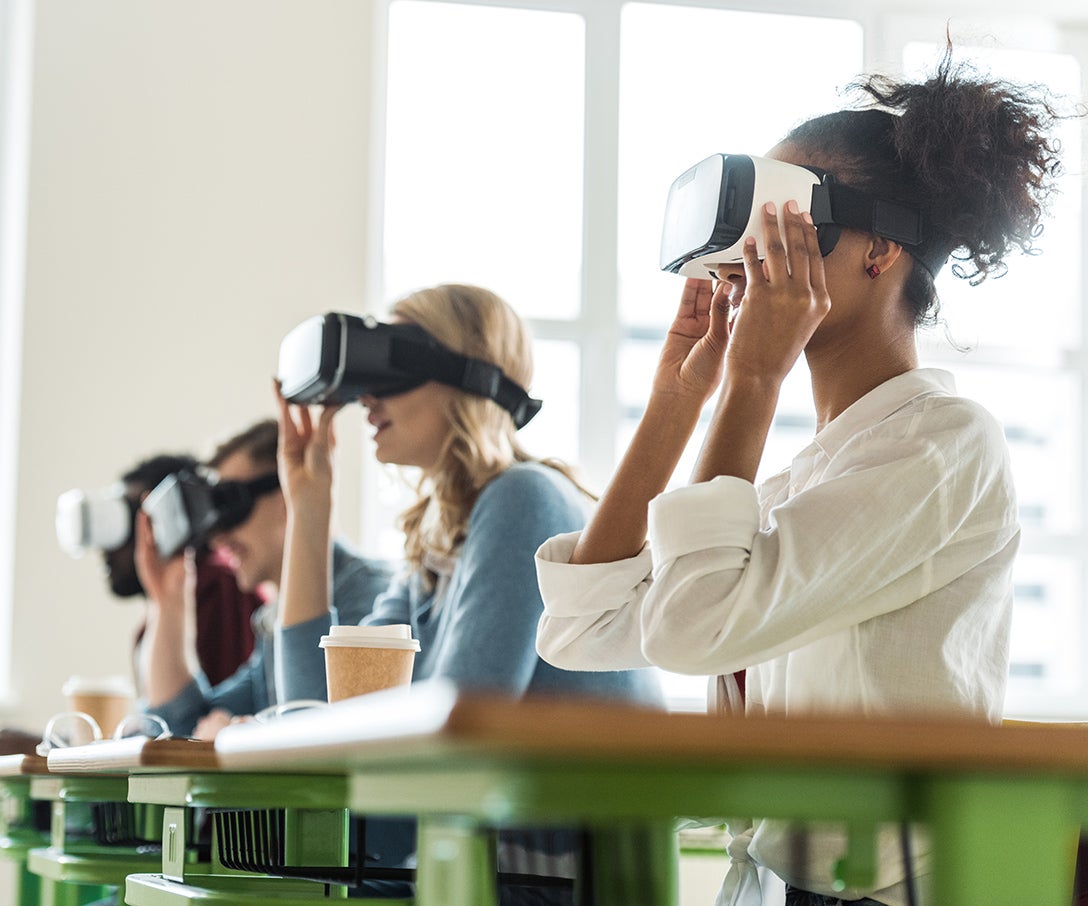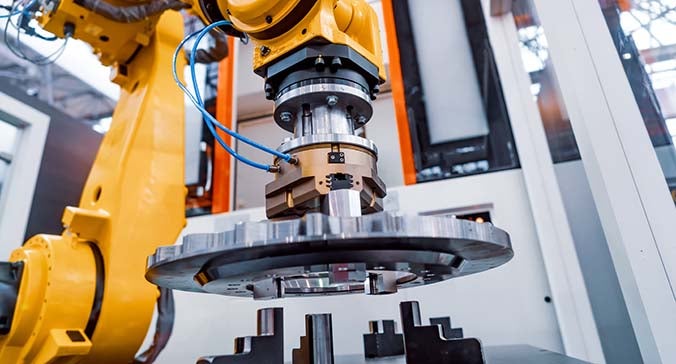Creating a smarter and more sustainable cup of joe
Keurig Dr Pepper Inc. is a manufacturer and distributor of non-alcoholic beverages, with a product portfolio spanning coffee, carbonated soft drinks, ready-to-drink tea, water, juices, juice drinks and mixers. Keurig is probably best known for its single-serve coffee brewing system. What’s less apparent is the embedded software, connectivity and data science that drives its operation.
Smart appliance applications
Keurig’s connected technology solution is based on a cloud-computing platform.5 The company’s smart brewers allow users to start their machine from a mobile app or home assistance device like Alexa or Google Home. Keurig’s BrewID™ technology lets customers activate and customise their coffee brews for a broad range of K-Cup® pods, based on optimal brew settings recommended by the roaster.
These smart appliances not only enhance the customer experience, but they also benefit the company. Through creating a platform by which information is constantly shared, they make continuous improvements for brew settings and brewers. Allowing for more efficient decision-making on product development.
Personalized inventory management and recommendations
Keurig’s SMART Auto-Delivery uses BrewID to track pod use and automatically reorder inventory, so customers have the right amount of pods on hand. They can also use the Keurig app for suggestions on new coffee varieties to try, as well as tap into a recipe library of coffeehouse drinks.6
A focus on green initiatives
Sustainability is a key focus for the company. Keurig Dr Pepper was an early partner with a company that uses AI and robotics to recover commodities reclaimed as raw materials for the global supply chain.7 Keurig Dr Pepper’s conversion of its coffee pods to polypropylene, a sought-after plastic for recycled materials, allowed the companies to work together to equip the robotics systems to properly identify and sort K-Cup pods in recycling facilities.






